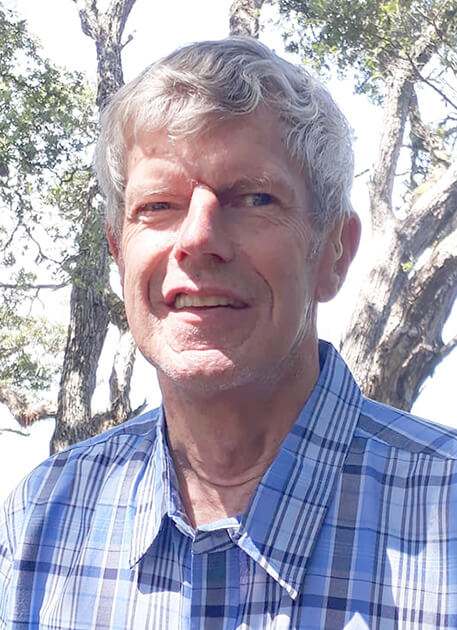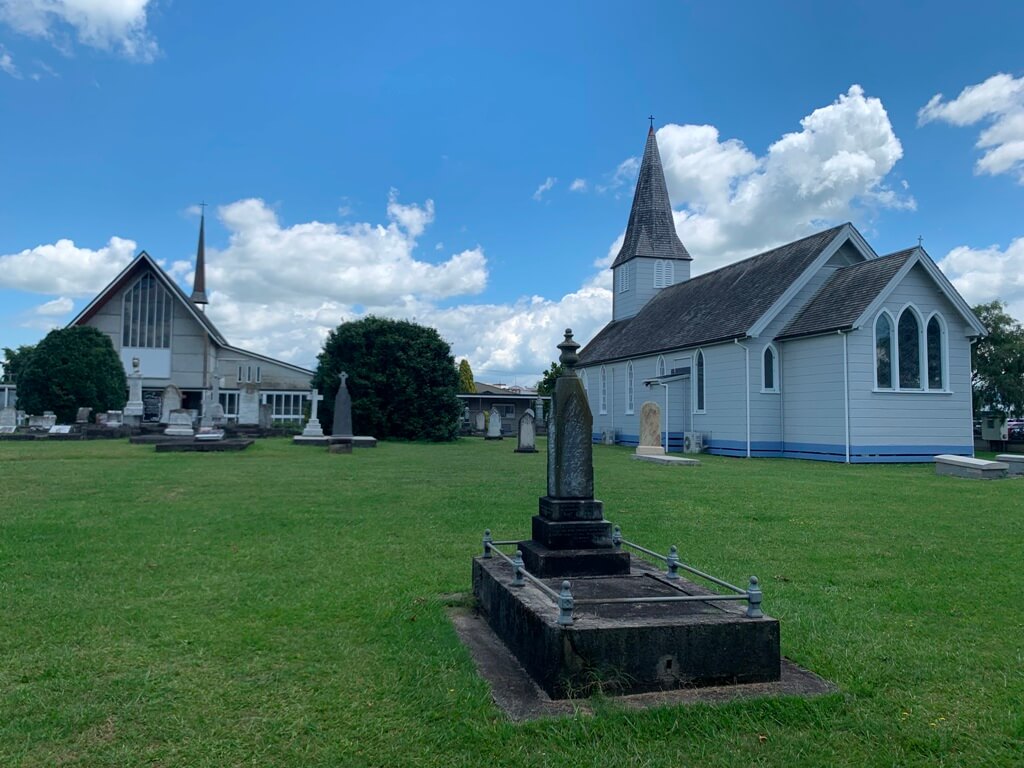
Norris Hall
Undoubtedly many readers will have read in local media, or heard through word of mouth, of a time consuming yet productive project detailing the history of various buildings and businesses in Te Awamutu’s central business district of times gone by.
This worthwhile endeavour, spearheaded by local historian, Alan Hall (no relation I’m sorry to say), and genealogy enthusiast Sandra Metcalfe, will culminate in a mid-year publication of a detailed history of retail and mercantile effort and vision. It will be something which long-time residents, amateur historians and others will take pride in; as well as benefitting from the information so carefully and industriously assembled, a reference for the future of the past. Full marks go to those who have taken the time and energy in recording this uniquely important legacy for posterity.

Rangiaowhia St Pauls
Our district of Waipa is steeped in history, some of it not so good, while other parts record the development of the area in the past – local politicians, farmers and business owners. The historic churches of St. John’s in the cradle of Te Awamutu, and St Paul’s in the fertile rural area are both reminders of our shared heritage. Some of us may have ancestors who were those original settlers and shopkeepers, soldiers and others.
Family history is important in our lives, although to some it may be as dry as dust and of no significance. That very personal history informs us, through the lives of previous generations, of who we are, what we are, where we come from, and how we are shaped in our respective lives by other forces at work.
Ideally, and hopefully, it also engenders within us family pride, a knowledge of geography in addition to providing a basis for onward and beneficial personal development.

St John’s Anglican Church, Te Awamutu
History on occasion can also be a harsh teacher if we do not learn from the past. “Where do we come from?” is a, if not the, defining question that we may be called upon to face and consider.
Very much like our Māori residents and citizens who place great importance to their family lineage, so too do the Jewish people. That acquired and treasured knowledge gives them a special sense of belonging, of family and extended kinship, and of cultural and ethnic heritage.
Both Matthew and Luke, as they wrote their respective Gospels, began their offerings by establishing the credentials of their one central focus, Jesus of Nazareth, by providing his genealogical lineages. For Matthew, it was paramount since he was writing for a principally Jewish reading audience. And for Luke, from a historical viewpoint. By doing so, they set the stage as it were for what was to follow, giving a background to the persona and ministry and teachings of that one influential individual.
Hopefully the soon-to-be published account of one part of Te Awamutu’s history and progress will inspire many of us to examine our own unique and respective heritages, to trace our own ancestral lineages, if not to emphasise how and where we belong and how family history has shaped us to be what we are today.
Happy digging up the bones of our history!









